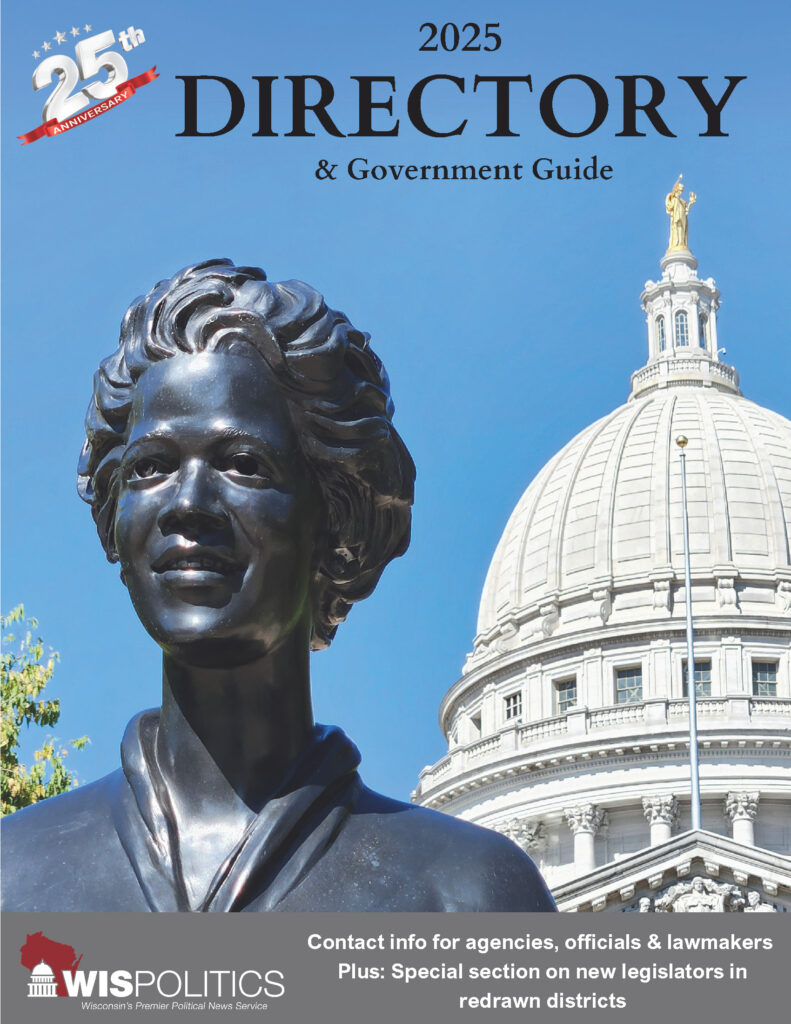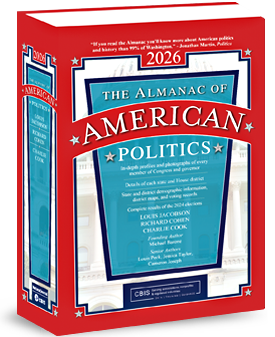MADISON, Wisconsin, February 24, 2023 – The Center for Research on the Wisconsin Economy (CROWE) presents the first comprehensive analysis of Wisconsin tax reform in its latest report, The Economic Impact of Lowering Income Tax Rates in Wisconsin.
“Tax reform is an important topic being discussed in Wisconsin,” said Kim Ruhl, Curt and Sue Culver Professor Economics and CROWE Co-Director. “Both the Governor and the Legislature want tax reform and our analysis lays out the benefits of creating a more efficient tax code in Wisconsin.”
In the report, CROWE considers various policies that lower the state’s individual income tax rates, keeping intact other features of the tax structure, e.g., personal exemptions, standard deductions, and tax credits.
“We are excited to present a complete analysis of tax reform that takes into account everyone in Wisconsin,” said Ananth Seshadri, Mary Sue and Mike Shannon Distinguished Chair, and CROWE Co-Director. “While modest tax cuts result in modest increases in output, more significant tax cuts increase state GDP and household wellbeing by even more.”
The report finds that switching from the current graduated tax system to a flat tax rate of 3.25% would:
- Increase gross state product by 4.5%, about $13.7 billion. Lowering tax rates for lower income brackets leads to more skill investments and higher levels of worker productivity.
- Increase household consumption by 4.4% and after-tax income by 5.27%. Lower taxes increase
household wellbeing, even if they reduce government consumption expenditures valued by households. - Lower tax revenue by 16.8%. The Legislative Fiscal Bureau forecasts a 21.5% decrease in revenue. The
difference ($1.1 billion) arises because our estimate accounts for increased economic activity from lower
tax rates.
“We present a model of the Wisconsin economy and its tax system and show that reducing the state’s
individual income tax rates will increase output and household consumption,” said Ruhl.



